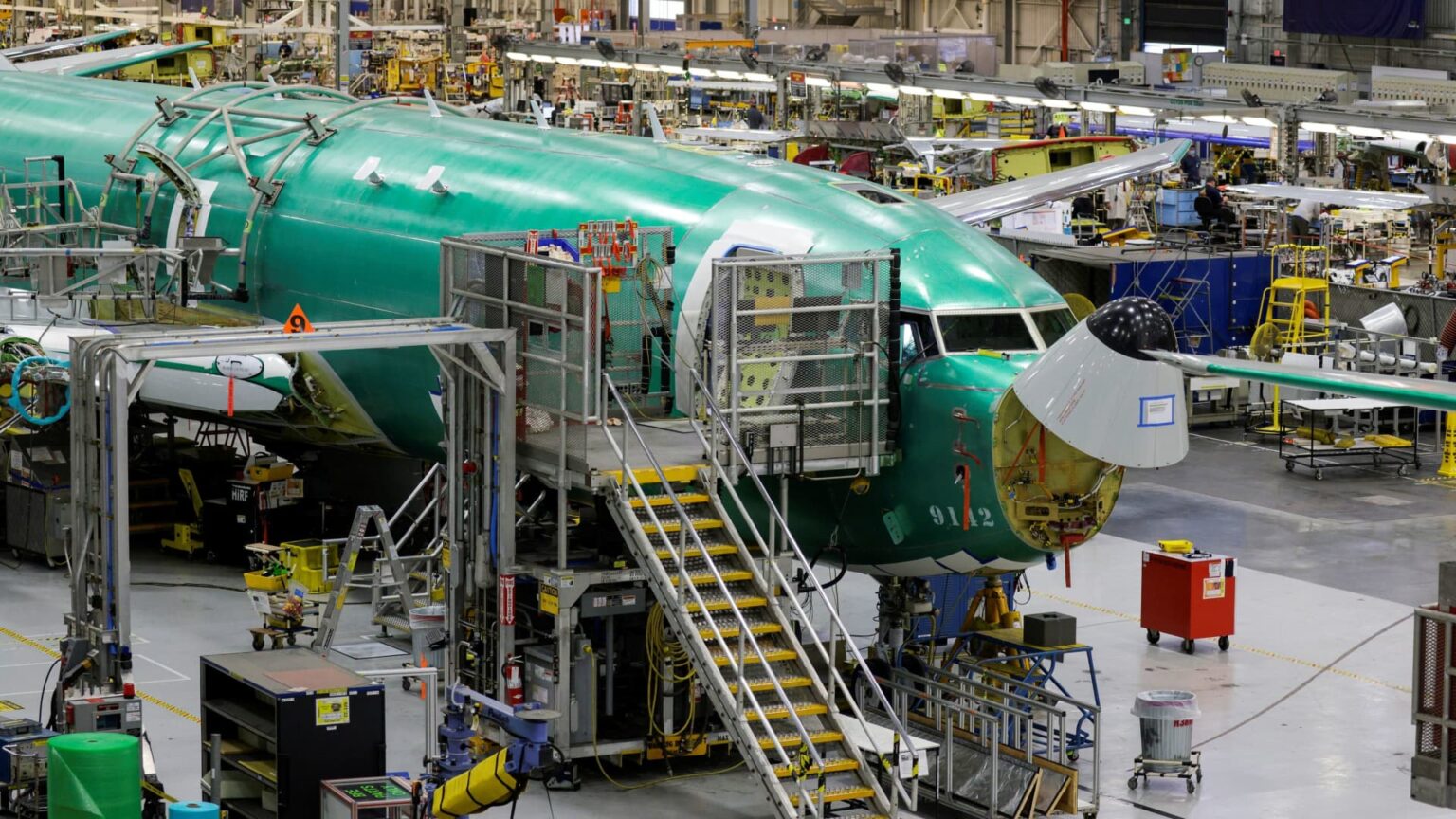The Impact of Tariffs on the Aerospace Sector: Boeing and Airbus Under Pressure
The aerospace industry, a vital component of the U.S. economy, is facing new challenges following the announcement of tariffs by former President Donald Trump. These tariffs threaten to increase costs for major manufacturers such as Boeing and Airbus, as well as their suppliers.
Overview of Tariffs and Their Implications
Recent tariff policies have been introduced that affect the prices of Boeing and Airbus aircraft, along with engines from GE Aerospace and various aerospace products. This move could impose a significant burden on an industry that contributes over $100 billion annually to reducing the U.S. trade deficit.
“It certainly makes things more expensive for the industry,” noted Dak Hardwick, vice president of international affairs at the Aerospace Industries Association.
Industry Response and Concerns
The Aerospace Industries Association is advocating for the continuation of provisions from a trade agreement established nearly fifty years ago, which currently allows for duty-free trade of civilian aircraft and defense-related imports.
Hardwick commented on the influx of requests for intervention to the White House, stating, “The line is certainly long.” The administration’s new tariff regime is seen as destabilizing for the sector, which faces pressures from both rising costs and a sluggish supply chain.
Challenges for Manufacturers
Trump’s executive order justifying these tariffs cites a need to boost domestic manufacturing to ensure the security of the defense sector. The order emphasizes the importance of maintaining a robust manufacturing ecosystem independent of foreign imports.
According to Boeing data, a substantial portion of its sales—over two-thirds of airplane orders in the past decade—has come from international clients. Boeing CEO Kelly Ortberg expressed the necessity of free trade for the company’s success, stating, “Free trade is very important to us,” and emphasizing the need for continued access to global markets.
Effects on Pricing and Supply Chains
Historically, tariffs have been avoided in the aerospace sector due to a longstanding trade agreement, but the recent tariffs, including a 10% levy on imports and additional charges for certain regions, pose new challenges. With imported materials such as steel and aluminum also facing sector-specific duties, the cumulative effect could lead to higher prices overall.
The impact of these tariffs is complicated by pricing structures in the aerospace industry, where aircraft prices are often negotiated years in advance, leaving manufacturers to manage rising raw material costs without immediate compensation.
Market Response
The financial ramifications have already been felt in the market, with shares of Boeing and GE experiencing declines following the announcement of the tariffs. Analysts predict that the burden of pricing increases may eventually be passed down to consumers, complicating the recovery trajectory for the industry.
Global Supply Chain Realities
The global supply chain for aerospace products illustrates the interconnected nature of manufacturing. For instance, the production of a Boeing 787 Dreamliner involves components sourced from multiple countries, indicating that “Made in the USA” can be misleading. This complexity extends to Airbus, which must also pay tariffs for imported parts despite its assembly plants in the United States.
The joint venture between General Electric and France’s Safran produces engines that power both Boeing and Airbus jets, further illustrating the global dependencies within the industry.
Conclusion
The current tariff environment represents a critical juncture for the aerospace sector, potentially reshaping costs, supply chains, and market dynamics. Industry leaders must navigate these challenges carefully to sustain their competitiveness in an increasingly interlinked global market.
